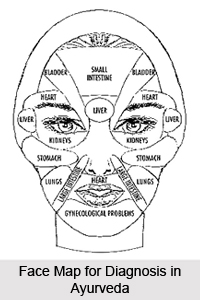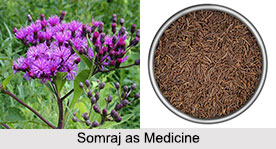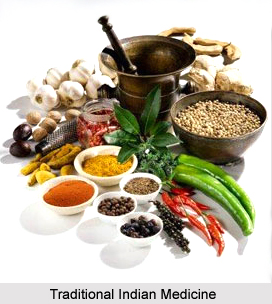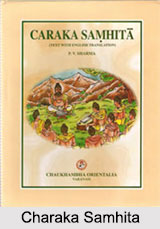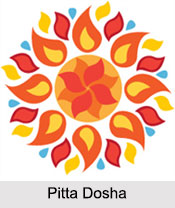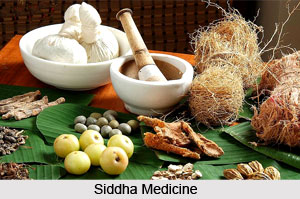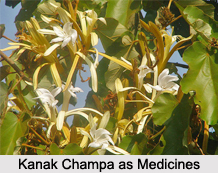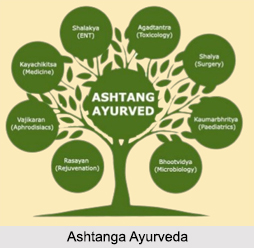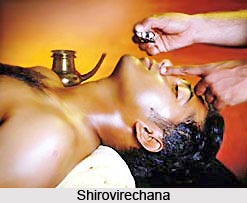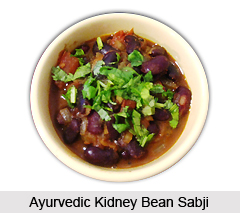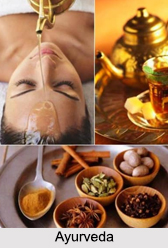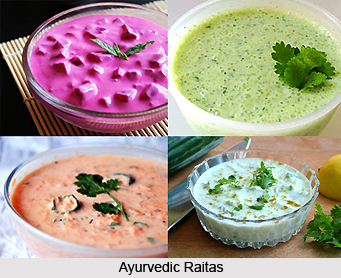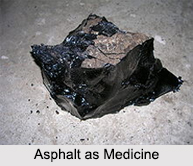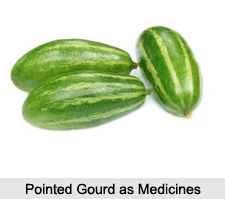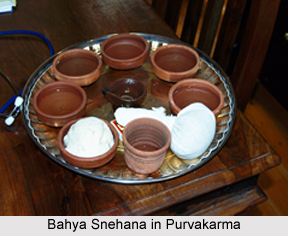 Bahya snehana in Purvakarma is defined as external oleation. This procedure employs a specific form of massage to apply the herbalized oil to the skin. It should not be confused with the typical massage techniques used in the West. The process of bahya snehana uses a traditional style of Ayurvedic massage whereby two, trained Ayurvedic massage technicians work on both sides of the patient simultaneously, employing a series of perfectly synchronized, directional strokes on both the front and back of the body.
Bahya snehana in Purvakarma is defined as external oleation. This procedure employs a specific form of massage to apply the herbalized oil to the skin. It should not be confused with the typical massage techniques used in the West. The process of bahya snehana uses a traditional style of Ayurvedic massage whereby two, trained Ayurvedic massage technicians work on both sides of the patient simultaneously, employing a series of perfectly synchronized, directional strokes on both the front and back of the body.
Ayurveda states that there is a great significance to the strokes used in bahya snehana. They match the movements of vata`s five different directional functions. Each function, better known as a sub-dosha, has a prescribed gati or motion in the body. The specifically designed directional strokes nourish and soothe the sub-doshas and they also help them in taking their proper respective courses. Prana vayu, which is known as the vata function moves from the head, mouth and nostrils to the naval, takes prana or life force in the form of food, air and water from the environment into the body. It specifically controls the sensory functioning. Next is the udana vayu that flows in the opposite direction, moving from the naval to the mouth, nostrils and head. It eliminates carbon dioxide and various forms of mala like saliva and mucus from the kapha zone. It also creates the sounds used in speech. Udana vayu is the source of strength. Samana vayu moves in a clockwise direction around the naval area. It actually helps in strengthening the digestive agni and is responsible for keeping the metabolic processes moving in the liver and small intestine. Vyana vayu moves from the heart to the periphery and again back to the heart in a circadian rhythm. It supports the circulation of the blood and lymph. Apana vayu travels from the naval to the anus and urethra. The main function of apana vayu is to eliminate urine and menstrual discharge.
Application of Bahya Snehana
In Bahya snehana massage progresses through an ordered sequence of strokes starting from the umbilicus, going to the head, again moving back down to the umbilicus, from the umbilicus down to the feet and from the feet back up to the umbilicus on both the front and back sides of the body. The pressure of these strokes varies relative to the presence of marma points. These points serve as the connecting points between the body`s physical substance and its underlying intelligence. Their stimulation enlivens the harmonious coordination among vata`s sub-doshas that orchestrate every neurophysiological mechanism in the body. The pressure that is used during the massage is also geared to push generous amounts of warm, herbal sesame oil into the pores of the skin. Herbal oils are selected with reference to the patient`s doshic make-up. In bahya snehana, basically three major types of dosha-specific oils are used and these are vata shamak (for pacifying vata), mahanarayana (for pacifying kapha) and chandan bala (for pacifying pitta).
According to Ayurvedic concepts, bahya snehana in Purvakarma is described as an effective therapy that gives a through enjoyable and soothing experience.






